As a researcher delving into the fascinating realm of child development, I am captivated by the intricate interaction of cultural, biological, and social influences on gender.
These factors shape children’s perceptions of gender roles and behaviors, weaving a tapestry of societal expectations and individual identity.
From the historical imprints of gender norms to the biological underpinnings of hormonal variations and brain structure, every thread contributes to the complex fabric of a child’s understanding.
Join me on this evidence-based exploration as we unravel the influences on gender and child development.
Key Takeaways
- Cultural influences, such as societal expectations and beliefs about gender roles, play a significant role in shaping gender and child development.
- Biological factors, including hormonal variations, genetic factors, and brain structure differences, contribute to gender differences in development.
- Socialization and gender roles, reinforced by parents, caregivers, media, and educational institutions, greatly influence children’s understanding of gender and gender identity.
- Media, through advertising and gender stereotypes, can impact children’s activities, interests, and self-restriction of certain activities, limiting their understanding of what it means to be a boy or a girl.
Historical and Cultural Influences
Historical and cultural influences shape societal expectations of gender roles and behaviors, and they have played a significant role in shaping how children develop their understanding of gender.
Gender roles in ancient civilizations were often assigned based on biological differences, with men typically engaged in activities related to hunting and warfare, while women were responsible for domestic tasks and child-rearing.
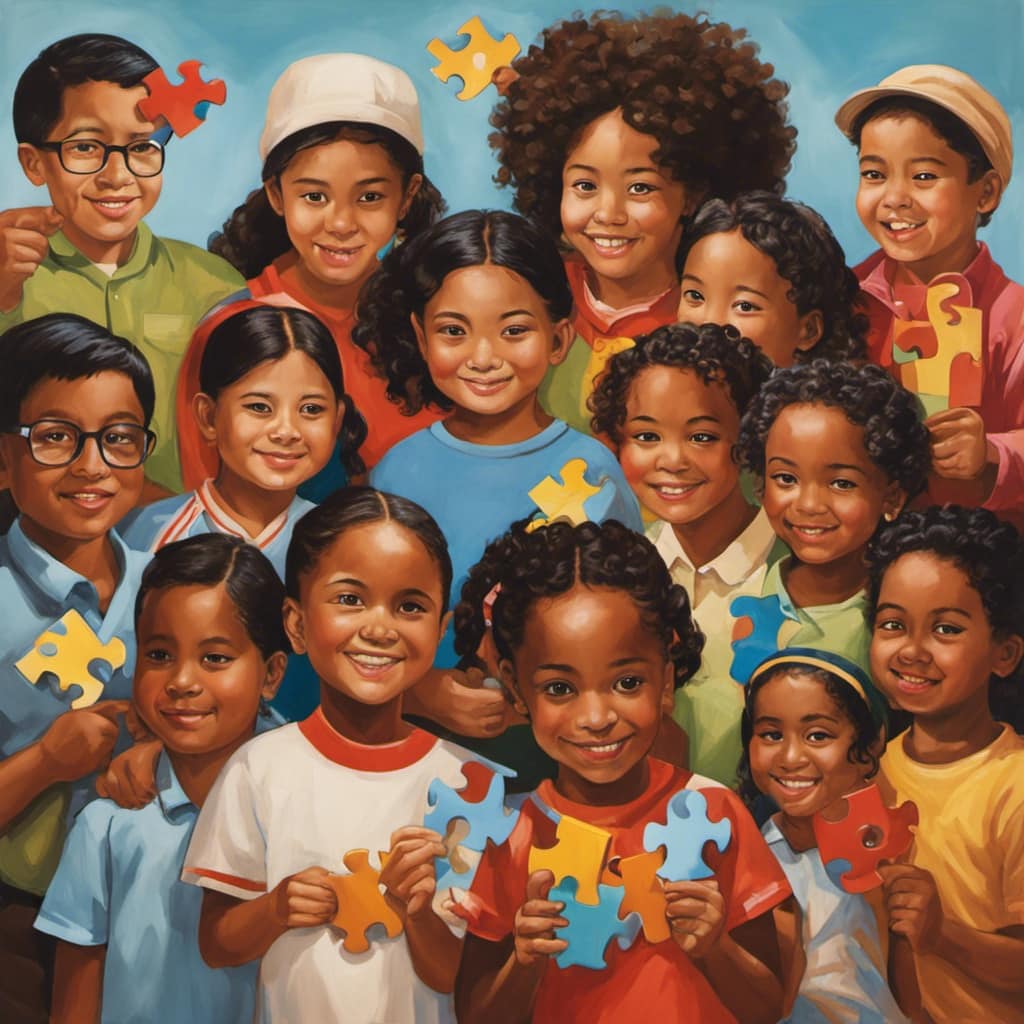
However, cultural shifts and changing gender expectations have led to a reevaluation of these traditional roles. For example, in many societies today, women have gained more opportunities for education and employment outside the home. This shift in gender roles has been influenced by various factors, such as the women’s rights movement and changing economic dynamics.
As children grow up in these changing cultural contexts, they internalize these evolving gender expectations, which in turn shape their own beliefs and behaviors regarding gender.
Biological Factors and Gender Differences
From my perspective, hormonal variations, genetic factors, and brain structure differences contribute to the development of gender differences. These biological factors play a significant role in shaping the nature of gender development.
Here are four key points to consider:
-
Hormonal variations: Testosterone, a hormone predominantly present in males, influences the development of masculine traits. This hormone plays a crucial role in shaping male identity and behavior.
-
Genetic factors: Certain genes have been associated with gender-specific traits and behaviors. These genetic differences contribute to the development of gender differences and influence the formation of gender identity.
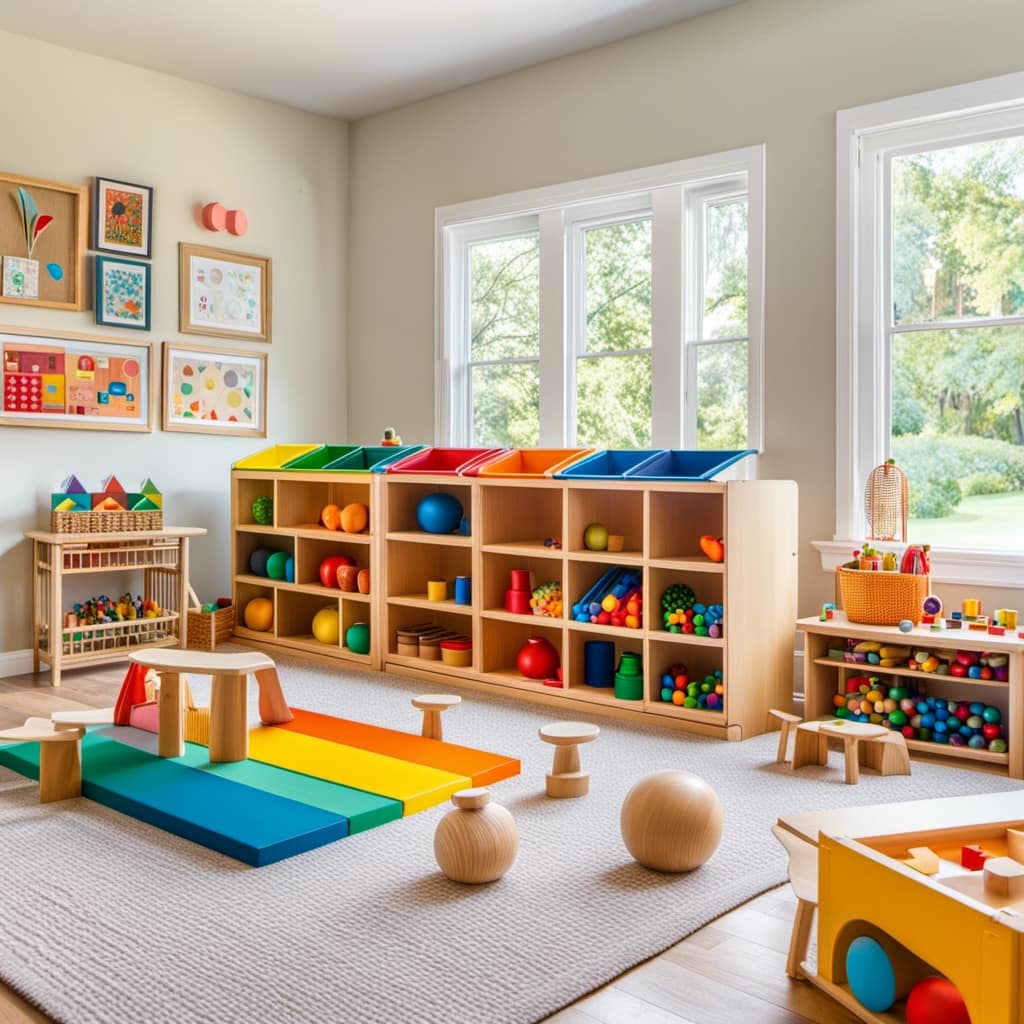
-
Brain structure differences: Variations in brain structure may influence cognitive abilities and behavioral tendencies that are associated with gender. These differences contribute to the development of gender differences in individuals.
-
Nature vs. Nurture: While biological factors have a significant impact on gender development, it is essential to recognize that environmental influences also play a role. The interplay between biological and environmental factors contributes to the complex process of gender identity formation.
Understanding the biological factors behind gender differences is crucial for comprehending the intricate nature of gender development and identity formation.
Socialization and Gender Roles
When discussing socialization and gender roles, it’s important to recognize the impact of parental expectations and behaviors. Gender socialization effects can significantly shape a child’s understanding of gender and their overall development.
Parents play a crucial role in this process by reinforcing gender norms through their actions and beliefs. Additionally, the impact of media on gender norms cannot be overlooked.
Media plays a significant role in shaping children’s understanding of gender roles and expectations. Through advertisements and gender-stereotyped content, media can influence children’s activities, interests, and self-perception. Research has shown that exposure to gender-stereotyped commercials can impact children’s self-restriction of activities.
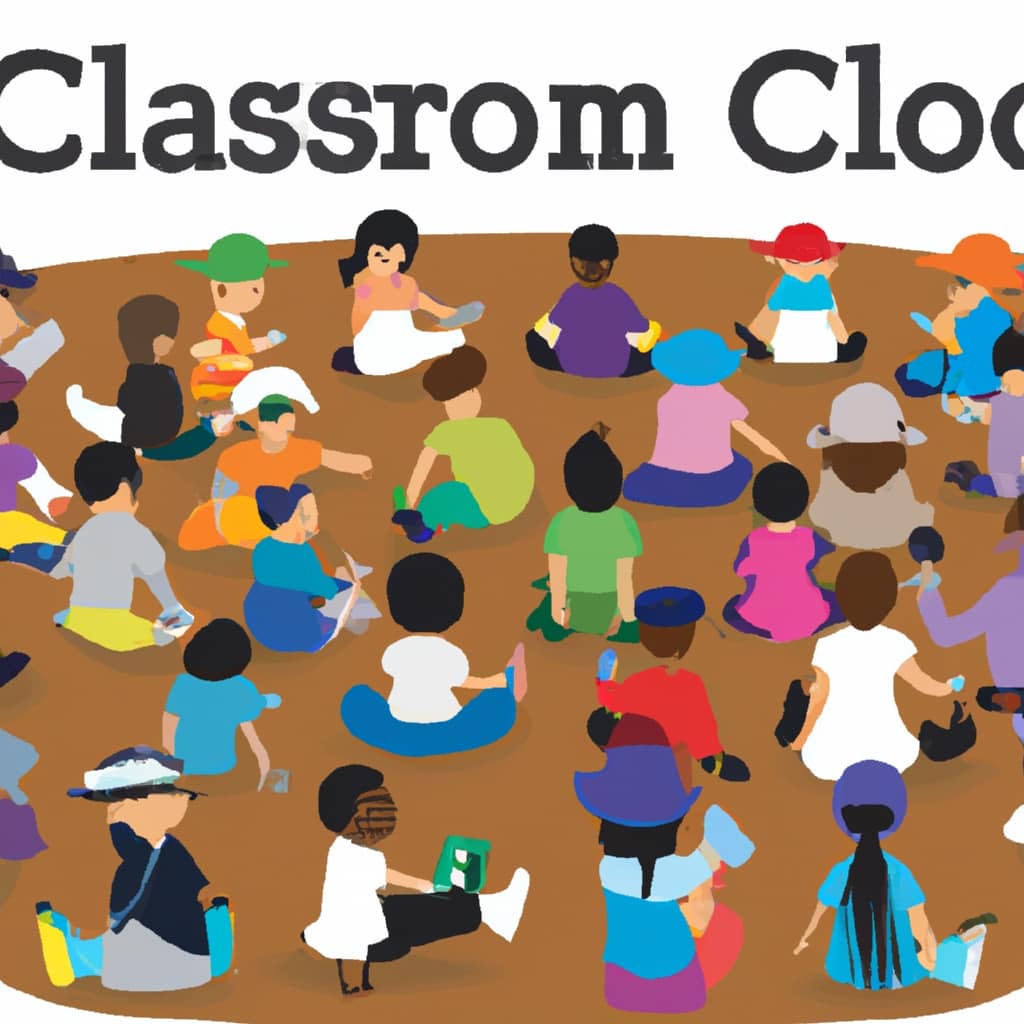
Therefore, it is essential to be aware of the influence of media and parental behaviors in order to promote more inclusive and equal gender socialization for children.
Media’s Impact on Gender
I believe it’s crucial to acknowledge the significant influence of media on shaping children’s understanding of gender roles and expectations. The impact of media on gender stereotypes and children’s gender identity is a topic that deserves attention.
Here are four key points to consider:
-
Media’s portrayal of gender roles: Media, including advertisements and television shows, often perpetuate traditional gender stereotypes. This can limit children’s understanding of what it means to be a boy or a girl.
-
Influence on children’s activities and interests: Gender-stereotyped commercials can impact children’s self-restriction of activities. For example, girls may feel discouraged from pursuing careers in STEM fields due to media messages.
-
Reinforcement of traditional gender norms: Stereotypical gender roles in advertisements reinforce societal expectations and can contribute to the continuation of gender inequality.

-
Media as a tool for change: By promoting diverse and inclusive representations of gender, media has the potential to challenge gender stereotypes and foster more inclusive attitudes and beliefs.
Research shows that media plays a significant role in shaping children’s understanding of gender. It is important to be aware of this influence and actively seek out media that promotes positive and inclusive gender norms.
Parenting and Gender Development
Parents play a crucial role in shaping their child’s understanding of gender through their expectations and behaviors.
Research has shown that parenting styles can influence a child’s gender identity development. For example, parents who adhere to traditional gender roles and enforce strict gender stereotypes may limit their child’s exploration of different interests and activities.
On the other hand, gender-neutral parenting, which encourages children to explore a wide range of interests and express themselves freely, has been found to have positive effects on child development. Studies have shown that children raised in gender-neutral environments tend to have more flexible gender attitudes and are less likely to conform to traditional gender norms.
This suggests that parenting styles that promote gender equality and allow for individual expression can play a significant role in shaping a child’s understanding of gender.

Education and Gender Stereotypes
In my previous discussion on parenting and gender development, I explored how parents play a crucial role in shaping their child’s understanding of gender roles.
Now, let’s delve into the influence of education and gender stereotypes on child development.
-
Gender bias in educational materials: Educational materials often reflect and reinforce societal gender norms and stereotypes. Textbooks, lesson plans, and classroom activities may present biased representations of gender roles, occupations, and abilities.
-
Impact of gender stereotypes on academic performance: Research has shown that gender stereotypes can negatively impact academic performance. For example, girls may be discouraged from pursuing subjects like math and science due to societal perceptions that these fields are more suitable for boys. This can limit their educational opportunities and potential career paths.
-
Stereotyping and self-perception: Exposure to gender stereotypes in educational settings can influence how children perceive themselves and their abilities. Boys may feel pressured to conform to masculine norms, while girls may internalize societal expectations of femininity, potentially affecting their confidence and motivation in academic pursuits.
-
Challenging educational gender biases: Recognizing and addressing gender biases in education is essential for promoting gender equality and providing equal opportunities for all children. Creating inclusive and diverse educational materials, promoting gender-neutral teaching practices, and encouraging girls’ participation in traditionally male-dominated fields are crucial steps towards challenging these stereotypes and fostering academic success for all.

Cultural Beliefs and Gender Expectations
Cultural beliefs shape societal expectations of gender roles and behaviors, influencing children’s understanding of gender and their own identities. Traditional gender roles have a significant impact on child development, as they dictate the types of behaviors, activities, and career paths that are encouraged for boys and girls. These expectations are reinforced through education, media, and socialization within the family. Cultural diversity also plays a role in gender identity formation, as different cultures have different beliefs and norms surrounding gender. This can influence how children perceive and understand their own gender identity. By understanding cultural beliefs and their impact on gender expectations, we can better support children in their development and promote gender equality.
| Column 1 | Column 2 | Column 3 |
|---|---|---|
| Traditional gender roles | Impact on child development | Cultural diversity |
| Expectations for behavior and roles | Education and media | Gender identity formation |
| Reinforcement through socialization | Support for gender equality | Understanding and acceptance |
| Influence on self-identity | Acknowledging cultural norms | Challenging gender stereotypes |
| Promoting gender equality | Supporting diverse identities | Cultural sensitivity and respect |
Hormonal Influences on Gender
As a researcher, I have discovered that hormonal variations have a significant impact on the development of gender-related traits and characteristics. Hormonal influences on gender can be explored through the following points:
-
Hormonal variations and gender identity: Hormones play a crucial role in the development of gender identity. Research suggests that certain hormonal imbalances or variations may contribute to individuals identifying with a gender different from their assigned sex at birth.
-
Effects of testosterone on gender development: Testosterone, a hormone predominantly found in males, plays a crucial role in the development of masculine traits. Studies have shown that exposure to higher levels of testosterone in utero can influence the development of gender-related behaviors and preferences.
-
Interplay of hormones and genetics: Hormonal influences on gender are not solely determined by hormones alone. Genetic factors also play a role in the development of gender-specific traits and behaviors. Certain genes are associated with the expression of masculine or feminine characteristics.
-
Brain structure and hormonal influences: Hormonal variations can also impact brain structure, which may influence cognitive abilities and behavioral tendencies. Research suggests that differences in brain structure between males and females may be partially influenced by hormonal factors.

Understanding the complex interplay between hormones and gender development is essential for comprehending the diverse range of gender-related traits and characteristics observed in individuals.
This evidence-based research sheds light on the significant role that hormones play in shaping gender identity and development.
Genetic Factors and Gender Traits
I have discovered that genetic factors play a significant role in the development of gender-specific traits and characteristics. Inherited traits and gender identity are influenced by genetic variations that contribute to gender-specific behaviors. Research has shown that certain genes are associated with the expression of gender-specific traits, such as aggression in males and nurturing behavior in females. These genetic variations interact with hormonal influences, brain development, and socialization to shape an individual’s gender identity and behavior. To help illustrate the relationship between genetic factors and gender traits, I have created a table below:
| Genetic Factors | Gender Traits |
|---|---|
| Inherited traits | Gender identity |
| Genetic variations | Gender-specific behaviors |
Understanding the role of genetics in gender development is crucial to comprehending the complex interplay between biological, social, and cultural factors. Research in this area continues to shed light on the intricate mechanisms underlying gender differences and provides a foundation for promoting gender equality and understanding individual differences.
Brain Structure and Gender Development
In discussing genetic factors and gender traits, we explored how certain genes contribute to gender-specific traits and behaviors. Now, let’s delve into the fascinating topic of brain structure and its role in gender development.
-
Brain plasticity and gender identity: The brain is not a fixed organ, but rather has the ability to change and adapt throughout life. Research suggests that brain plasticity plays a role in the development of gender identity, influencing how individuals perceive and experience their own gender.

-
Neurological development and gender expression: Studies have shown that there are neurological differences between individuals who identify as male and those who identify as female. These differences may contribute to variations in gender expression, including cognitive abilities and behavioral tendencies.
-
Hormones and brain development: Hormonal variations, such as testosterone, play a crucial role in brain development and can influence the formation of masculine traits. Understanding the interplay between hormones and brain structure is essential for comprehending gender differences in neurological development.
-
Environmental influences on brain structure: It is important to note that brain structure is not solely determined by genetics. Environmental factors, such as socialization and cultural influences, can also shape the development of the brain and its impact on gender expression. Further research is needed to fully understand the complex relationship between brain structure and gender development.
Promoting Gender Equality in Child Development
By challenging societal norms and promoting equal opportunities, we can foster gender equality in the development of children. One effective way to promote gender equality is through gender neutral education. This involves creating an environment where boys and girls are treated equally and have access to the same educational opportunities, regardless of their gender. By eliminating gender stereotypes and biases from educational materials and curricula, we can ensure that children are not limited by societal expectations of what is appropriate for their gender.
Another crucial step in promoting gender equality is redefining gender roles. This means breaking away from traditional notions of what it means to be a boy or a girl, and allowing children to explore their interests and talents without being confined by gender norms. By encouraging boys to engage in activities traditionally associated with girls, and vice versa, we can empower children to develop their full potential and challenge societal expectations.
Frequently Asked Questions
How Do Historical and Cultural Influences on Gender Roles Impact Child Development?
Historical influences on gender norms and cultural variations in gender socialization impact child development by shaping societal expectations and behaviors. Understanding these influences is crucial for comprehending gender-related behaviors and outcomes.
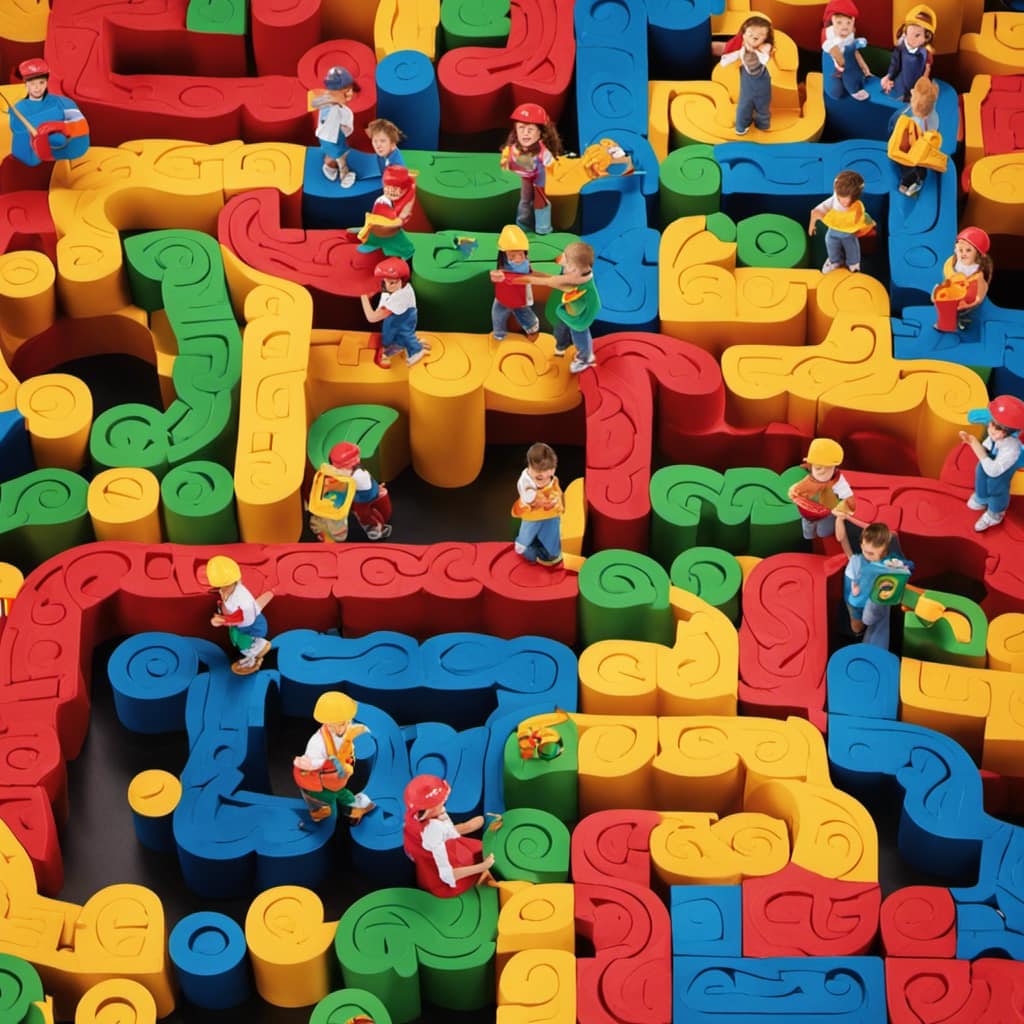
What Are Some Specific Biological Factors That Contribute to Gender Differences in Development?
Hormonal influences and genetic variations are specific biological factors that contribute to gender differences in development. Testosterone plays a crucial role in male development, while certain genes are associated with gender-specific traits and behaviors.
How Does Media Influence Children’s Understanding of Gender Roles and Expectations?
Media portrayal of gender stereotypes can shape children’s understanding of gender roles and expectations. For example, when boys see superheroes always saving the day and girls portrayed as passive, it reinforces traditional gender norms and limits their understanding of gender diversity.
What Role Do Parents Play in Shaping Their Child’s Understanding of Gender?
Parents play a crucial role in shaping their child’s understanding of gender through gender socialization. They reinforce gender norms through expectations, behaviors, and role modeling, impacting children’s self-perception and development.
How Can Educational Gender Biases Impact Children’s Academic Achievement?
Educational gender biases can hinder children’s academic achievement by reinforcing gender stereotypes and limiting opportunities. It’s crucial to address these biases to promote equality and provide all children with a fair and inclusive educational experience.
Conclusion
In conclusion, understanding the influences on gender and child development is crucial for promoting equality and challenging societal norms.
One interesting statistic to note is that according to a study conducted by the American Psychological Association, children as young as 2 years old begin to internalize gender stereotypes and exhibit gender-typed behaviors. This highlights the early impact of socialization and media on children’s understanding of gender roles.
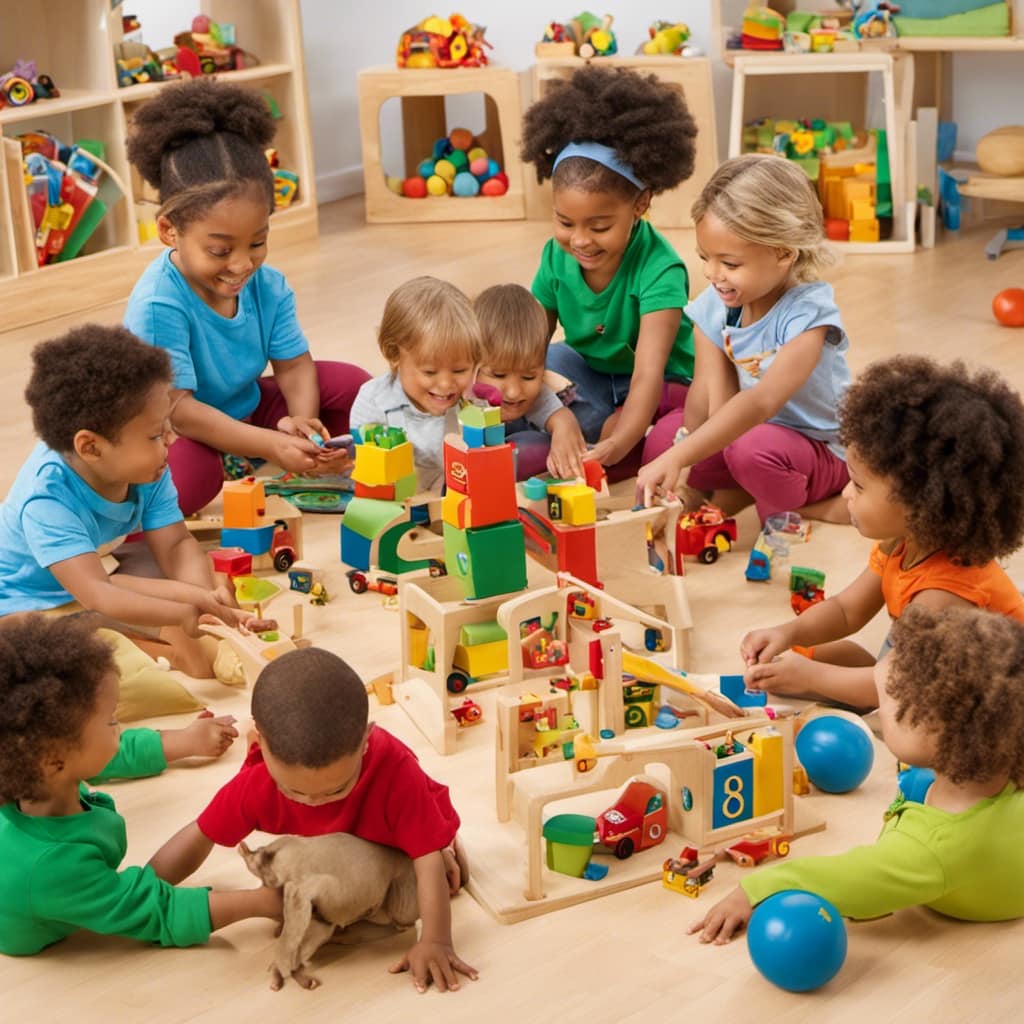
By recognizing and addressing these influences, we can work towards creating a more inclusive and equitable environment for children to thrive in.











